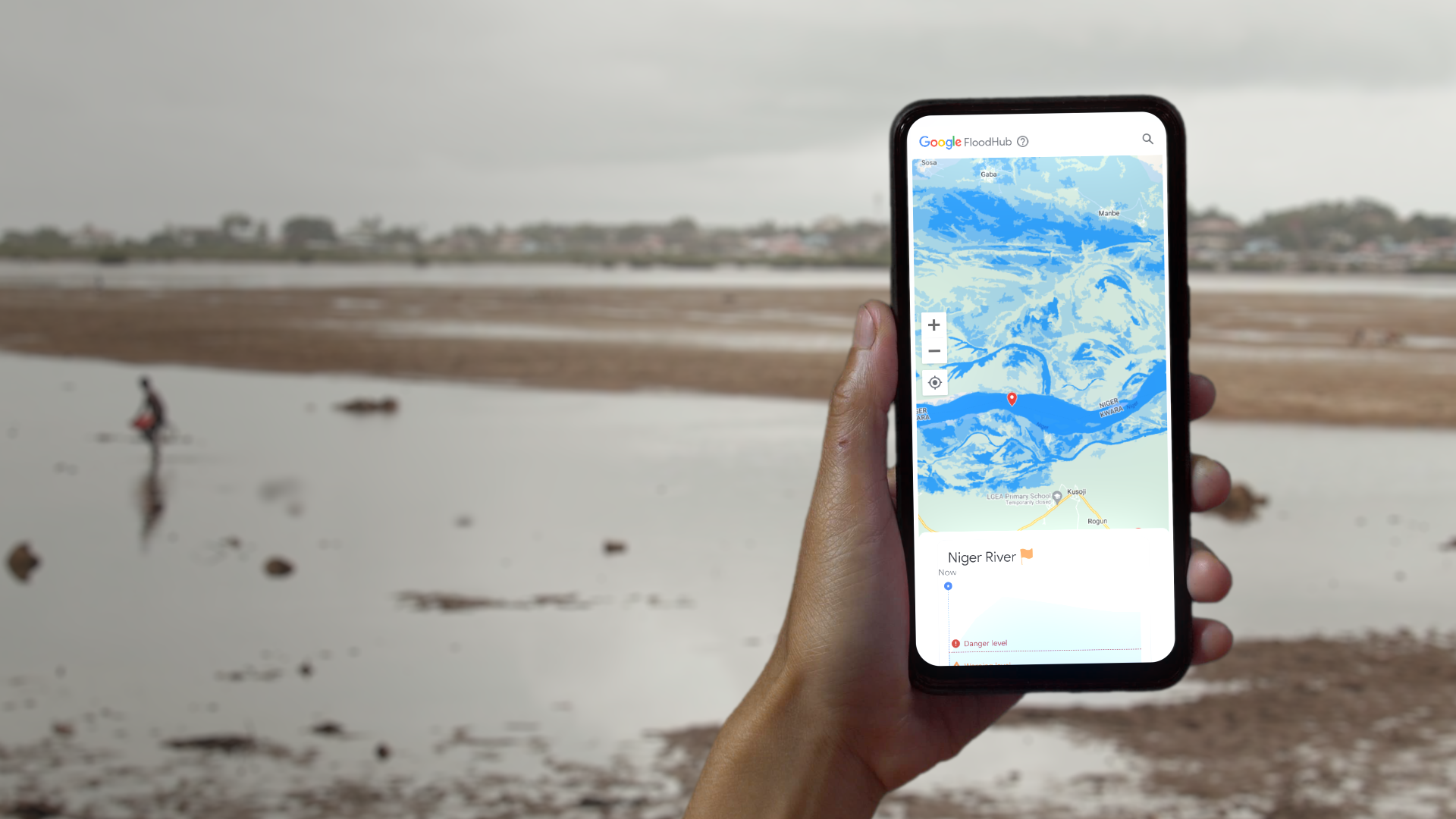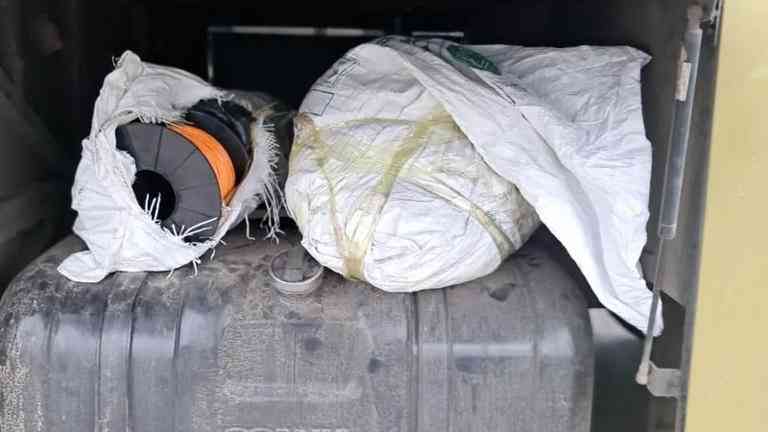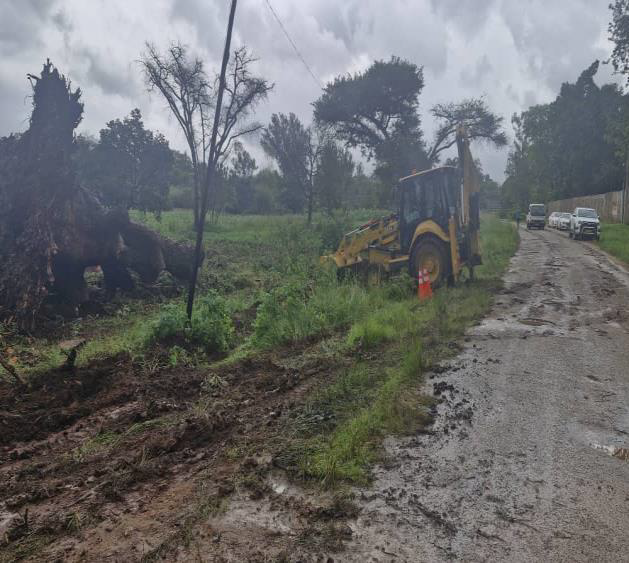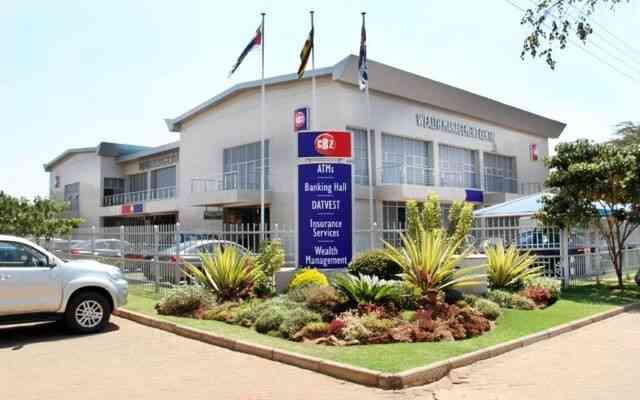
ZIMBABWE has been added to Google’s Artificial Intelligence (AI) Flood Hub platform which provides early warnings to people living in regions exposed to risk of floods.
This comes at a time when natural disasters like flooding are increasing in frequency and intensity due to climate change.
It is estimated that flooding affects more than 250 million people globally each year and causes around US$10 billion in economic damage.
The tech giant announced in a statement on Tuesday that it was expanding its AI-enabled app service which was debuted in 2018.
Vice-president for engineering and research and crisis response Yossi Matias said the application would cover some of the most flood affected regions in the world.
“As part of our work to use AI to address the climate crisis, today we are expanding our flood forecasting capabilities to 80 countries. With the addition of 60 new countries across Africa, the Asia-Pacific region, Europe, and South and Central America, our platform Flood Hub now includes some of the territories with the highest percentages of population exposed to flood risk and experiencing more extreme weather, covering 460 million people globally,” he said in a statement.
Of the 60 new countries added, eight are from Africa. Prior to that, the application only covered 15 countries on the African continent.
Consequently, the Flood Hub platform now benefits a total of 23 African nations.
- Zim adjudged as flood prone
Keep Reading
The latest African countries to be added are Zimbabwe, Burundi, Eswatini, Guinea Bissau, Lesotho, Madagascar, Rwanda and Senegal.
Matias added that Flood Hub is a component of Google’s crisis response initiative to give people access to reliable information and tools in critical moments.
“Governments, aid organisations, and individuals can use Flood Hub to take timely action and prepare for riverine floods, seeing locally relevant flood data and forecasts up to seven days in advance," he said.
Zimbabwe has been experiencing floods over the past years in Manicaland, Masvingo, Matabeleland North and South, Mashonaland Central and the Midlands provinces.
In Manicaland province, heavy rains and flooding destroyed livestock, schools, bridges and roads and displaced people.
Follow us on Twitter @NewsDayZimbabwe











